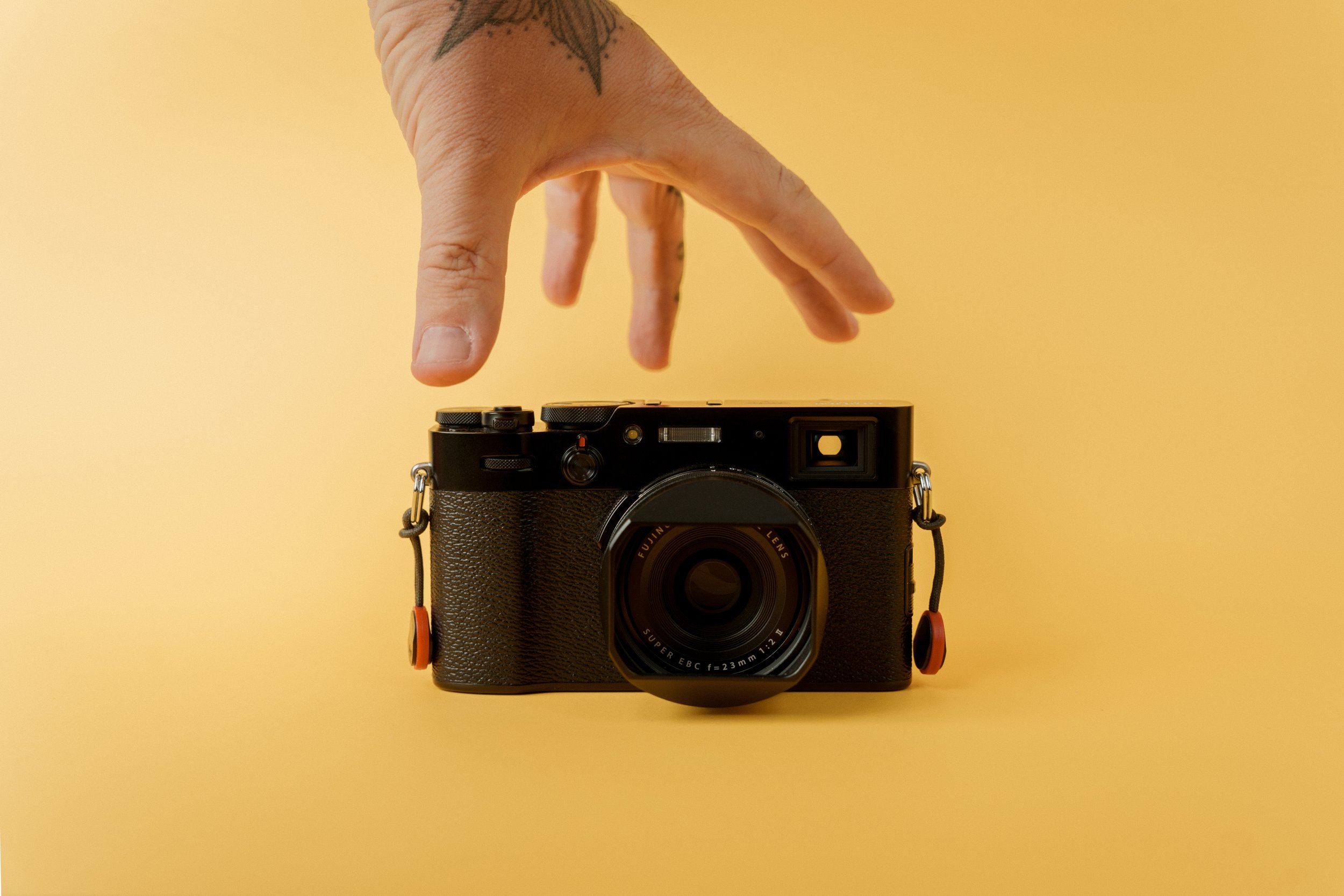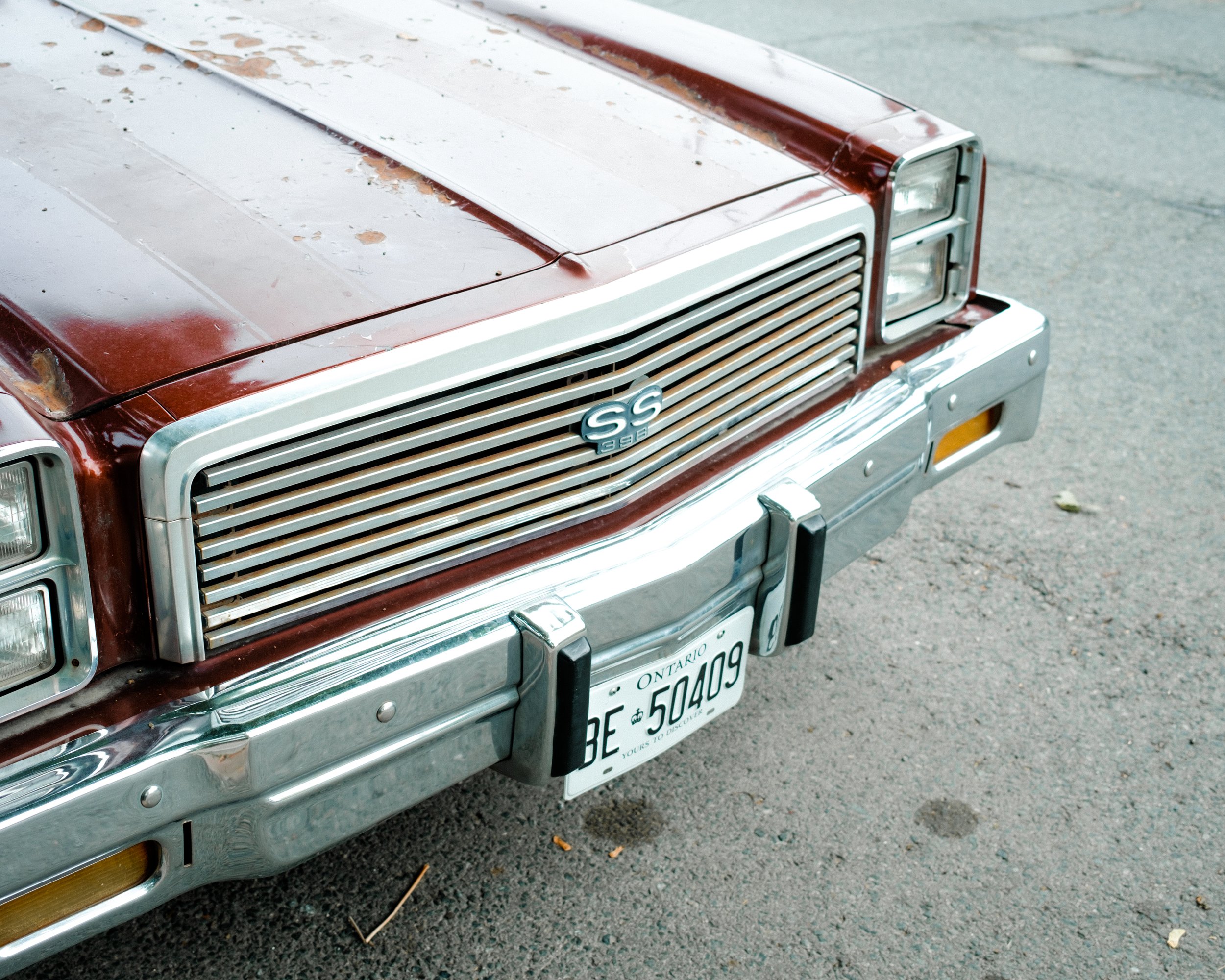how the fujifilm x100v completely changed how i take photos.
Disclaimer: This is NOT a comparison between the Fujfilm X100V and Leica Q2. I don’t even know why people keep insisting on making that comparison, they have absolutely no similarities... ok cool. 👍
It feels almost redundant at this point to throw out yet another opinion on the Fujifilm X100V, but it seems to have such a polarizing effect on the photography community, there’s probably no harm in sharing my account on one of Fujifilm’s most popular cameras. Despite the X100V being more in demand now than a good sour dough recipe was in mid 2020, I was lucky enough to get my hands on one earlier this year. I had little intention of using it for anything more than a “dad-cam”, but during the last few months I’ve taken this camera almost everywhere with me, I mean, how could I not? It literally fits into a jacket pocket.
This seems like the perfect camera body to simply leave on auto and fire away, as much as that might hurt some people to read. But since their rise in popularity, the X100 series of cameras has had a huge impact in more and more photographers opting for JPEG file workflows with a film simulation slapped on top (and for good reason). Even more so with the help of the amazing recipes from Fuji X Weekly. Colour is a huge reason why I doubt I’ll ever leave the system completely. I picked up the Sony A7IV in March as my primary camera for commercial work, but after working with the Fujifilm XT2, XT3 and XH1 for the past few years I quickly found my self pining for that sauce again. In comes the X100V. Everything about Fujifilm even down to their iconic colours and film simulations just feels like you’re creating something special. I don’t care much for technical specs, more-so user experience, and the X100V just captures the experience perfectly when taking photos, while doing so with such damn finesse that you surprise yourself with the quality of a photo you just shot from the hip and think “damn, that’s a nice camera!“
Unlike many of my fellow photographers in the community, I still haven’t grasped how to take a good photo on film, which means I never spent the early years in my photography career rocking a classic 35mm point and shoot that now probably requires a kidney for purchase. Even so, I now think I understand the feeling of unbridled satisfaction of shooting with film solely based on the ergonomics of the X100V. Although the camera itself almost feels too small for even my toddler sized hands, it works. The ISO and SS dial positioned perfectly, the accessible aperture ring, probably one of my favourite design considerations of this camera and despite the Q button being one of the biggest design flaws in camera history, I’ve only hit it once or twice which is a win. All that being said, it’s an incredibly enjoyable camera to use.
So why has this camera made such a change to my photography workflow? It’s simple really. Realistically, a camera this portable shouldn’t normally have any real world application other than living around the neck of a snap happy tourist taking family photos while on vacation (in my opinion at least), yet it packs the features and experience you’d expect to find on any flagship mirrorless camera. Not to mention more charm than any other Fujifilm camera I’ve used to date. Adopting this camera as my daily driver has set new limitations to my photography, which means I need to exercise a little more creative license. Although I’m not especially practiced with the 23mm focal length, since using the X100V I’ve found it to be probably the most versatile focal length for almost every situation. I might be more partial to a 50mm Full Frame equivalent, but 35mm seems to be the community standard, and yet another reason why the experience using this camera is so close to that of a film point and shoot. My only gripe here is that Fujifilm didn’t take cues from Ricoh and create a special edition camera body with a tighter focal length (Ricoh GRiiix being the prime example).
The most important change to my photography workflow is now the readiness to take a photograph I wouldn’t have otherwise captured. I’ve found there’s a different mentality to capturing opportunities when using the X100V as opposed to carrying the weight of a larger mirrorless camera and a lens (or three). I would be somewhat hesitant to lift the camera and frame a photograph, wondering whether it would be worth pulling out of my bag or swinging over my shoulder. I’d miss perfect opportunities because the camera wasn’t already in my hand, ready to capture a frame as the moment passed (a habit I’d not fully formed until this video from Faizal Wescott). Further than that, I’ve found myself being more mindful and enjoying my surroundings, slowly taking more time and appreciating the process of photography, because I don’t have a 30lb camera bag dragging behind me. Using a fixed lens camera has encouraged me to pack light. It’s just me, the X100V and what ever is in front of me.
I’ve really enjoyed taking photos with this camera, and I have no doubt it’ll be a daily driver for a while. The low profile allows you to steal moments you may have otherwise interrupted with a larger camera body, with the X100V you’re an innocuous passerby. I’ve adopted a different creative mindset since using this camera, instead of trying to stage a composition, I’ve found myself documenting moments. From that I’ve found a new appreciation for the process of taking a photograph I hope to maintain for a long time.
For the nerds:
Key specifications:
26MP X-Trans sensor
23mm F2.0 pancake lens
Built-in 4-stop ND filter
Tilting 1.62M-dot touchscreen LCD panel
Updated 3.69M-dot OLED EVF, redesigned OVF optics
Up to 4K/30p with F-Log internal capture
Weather-sealed, when filter adapter and filter are used












